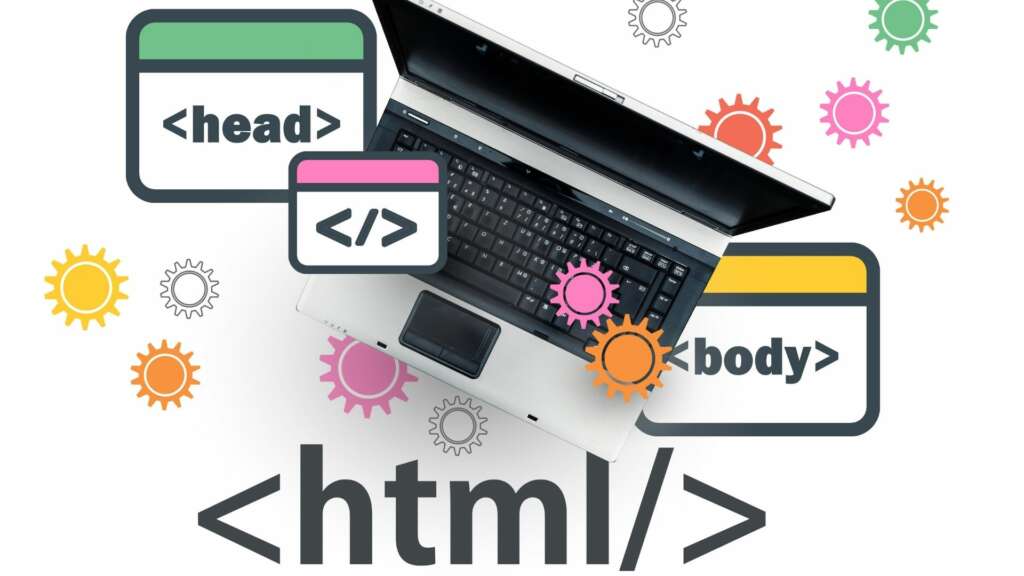
Hypertext Markup Language, also known as HTML, is a markup language that enables you to make dynamic web pages. It is used in conjunction with various media and web application development methods. HTML can be helped by various technologies including JavaScript and cascading style sheets.
An HTML page is a written representation of a web page. HTML stands for Hypertext Preprocessor. It is an XML based markup language that was originally designed to create dynamic web pages but has now been used to create websites and more complex pages.
HTML is a very popular markup language and is used extensively in web development, particularly for web-based software. There are many web development tools which have a built in HTML generator which allows it to automatically create pages for users to edit. This allows a website to be maintained much the same way that a personal journal or diary would be maintained. The creation of a website is a simple matter of providing a set of web-based instructions and the necessary web-page structure.
HTML can help a website to be created in an easy manner as the language is very user friendly and there are no programming languages needed to be aware of. A website can be created using this language in just a few minutes without the need for a website designer.
When developing a website using HTML, there are several things to consider. A website needs to have a title page which states what the website is about and should contain important information. Another important part of a website is the navigation menu and this menu should not only include links to different parts of the website but also the main sections.
Next, the content of the website should be split into various elements and these will be used to create the various pages. For instance, a header is used to display the name of the website, a description is used to display the main information about the website and a list of links to other sections can be added to display further information about the website.
Once the layout of the website has been determined, a script is run to create the web page, this script will control how the page is displayed and is usually included within the page’s code. After the web page is complete, it can be viewed on any number of Internet connected computers.
In summary, HTML can help a website to be developed by allowing it to be easily created from a text editor and being viewed on a number of different types of computer networks. HTML can also be used to create websites that are very advanced by allowing for easy web-page editing.
Another useful feature of HTML is the use of tags. Tags are used to allow for the description of a web page within a website. Tags are also used to describe the different parts of a website and allow for quick navigation between them.
Finally, HTML is used to add functionality to a website. HTML tags are used to describe the elements of a website in an easy to understand manner. Tags can be added to websites to describe various aspects such as image links, the different ways to edit a page, links to different parts of a website, comments and so on.
Once all of the basic elements of a website are listed, it is then easy to write a script to make the website live by creating a website template that can be used to build the page with an HTML page. Template generators can be used to generate HTML codes to create a number of different templates that can be used to build a website.
The HTML language is very easy to use and maintain and it allows for a website to be written in an easy way. This makes it very useful for web designers. It also provides web designers with the flexibility to create dynamic websites.


